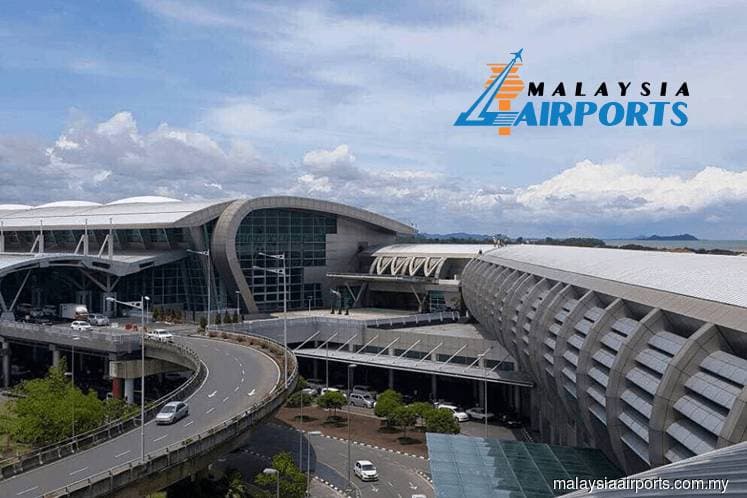
This article first appeared in The Edge Financial Daily on November 4, 2019
Malaysia Airports Holdings Bhd
(Nov 1, RM8.02)
Upgrade to outperform with a higher target price (TP) of RM9.50: The weighted average cost of capital (WACC) stays at 10.88%; regulated revenue per pax increased from RM42.90 to RM43.50. The Malaysian Aviation Commission (Mavcom) reaffirmed the implementation of the regulatory asset base (RAB) model framework-led tariff on aeronautical charges or passenger service charges (PSC) for Malaysia Airports Holdings Bhd (MAHB) and reiterated its stance that it has the statutory right to set the PSC due to be implemented for financial year 2020 (FY20) to FY22 with a WACC of 10.88%.
Due to the lower capital expenditure (capex) of RM4 billion (previously RM5 billion) and a lowered traffic assumption for 2018 to 2022 compound annual growth rate of 4.9% (versus 5.7% in June consultation paper), regulated revenue per pax has been raised from RM42.90 to RM43.50 for the regulatory period of 2020 until end-2022. The bulk of the capex estimated at 70% to 80% has been earmarked for Kuala Lumpur International Airport (KLIA) and klia2.
Mavcom reiterated that the PSC for all airports other than KLIA and klia2 is expected to be reduced. We are positive since combined KLIA and klia2 international accounts for estimated 45% of total passengers whose yields are higher. The indicative pre-tax WACC of 10.88% is higher than the current airport aeronautical return on assets of 5.3%, indicating earnings-accretive effect.
According to MAHB, based on prevailing economic conditions and airline seat capacity offered, Malaysia’s passenger traffic in 2019 is expected to grow by 5.4% with international and domestic passenger traffic growing at 2.3% and 8.8% respectively, in line with our forecast.
We raise our 2020 overall passenger traffic growth forecast from 4.5% to 6.4%. We also upgrade our expected passenger traffic at KLIA’s main terminal building and other airports to grow 7% in 2020 and expect passenger traffic at klia2 to grow 8% in 2020, underpinned by tourism activity emanating from Visit Malaysia 2020.
MAHB is well-entrenched because its earnings in the aeronautical segment under the operating agreements are protected from downsides. A key component under the operating agreements lies in the marginal cost support sums system which would compensate MAHB for reduction in aeronautical PSC resulting in the PSC rate being lower than the benchmark rate as per the operating agreement due to governmental instructions.
Due to higher passenger growth forecast, we raise our FY20 net profit forecast by 7% by raising our passenger traffic. Correspondingly, our TP is raised from RM8.70 to RM9.50 based on unchanged 22 times estimated FY20 earnings per share (at five-year historical forward mean) which is at a 20% discount to regional peers’ average to reflect MAHB’s relatively smaller market capitalisation.
We like MAHB as an attractive proxy play on the propensity for air travel in the region due to rising per capita income and it is also well-entrenched because of its monopolistic position. Risks to our call include lower-than-expected passenger growth and a weaker-than-expected WACC from the RAB. — Kenanga Research, Nov 1